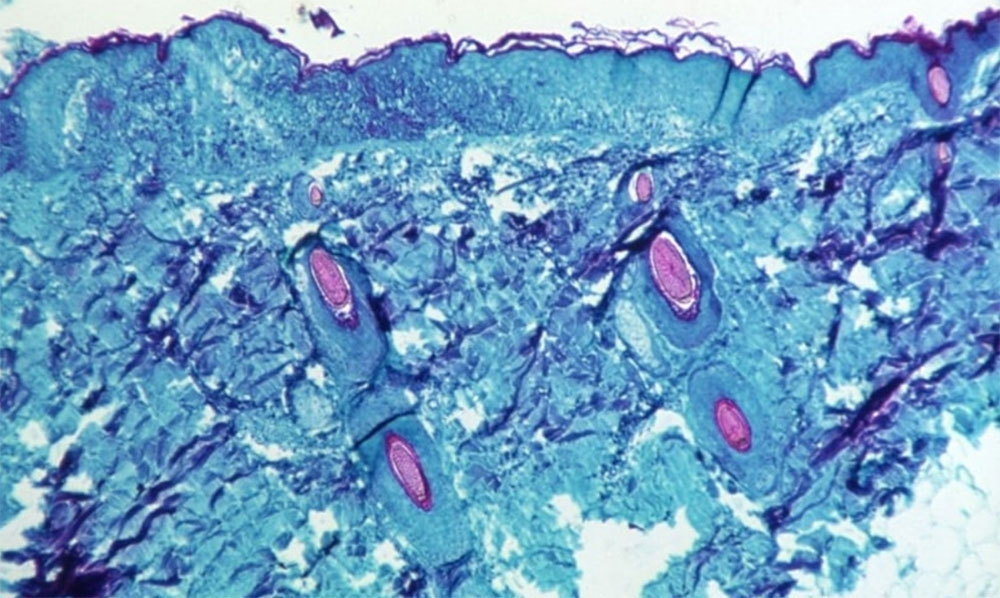The World Health Organisation (WHO) said it expects to identify more cases of monkeypox as it expands surveillance in countries where the disease is not typically found.
As of Saturday, 92 confirmed cases and 28 suspected cases of monkeypox have been reported from 12 member states that are not endemic for the virus, the UN agency said, adding it will provide further guidance and recommendations in the coming days for countries on how to mitigate the spread of monkeypox.
In recent weeks, cases have been detected in Britain, France, Germany, Belgium, Italy, Portugal, Spain, the Netherlands, Switzerland and Sweden as well as in the United States, Canada and Australia, raising fears the virus may be spreading.
Israel also reported its first case on Saturday, signalling the virus’ spread to the Middle East.
Monkeypox is an infectious disease that is usually mild and is endemic in parts of west and central Africa. The virus can be transmitted through contact with skin lesions or droplets from a contaminated person, as well as through shared items such as bedding or towels. Since it is spread by close contact, it can be relatively easily contained through such measures as self-isolation and hygiene.
Symptoms of the rare disease include fever, muscle aches, swollen lymph nodes, chills, exhaustion and a chickenpox-like rash on the hands and face.
Monkeypox usually clears up after two to four weeks, according to the WHO.
“Available information suggests that human-to-human transmission is occurring among people in close physical contact with cases who are symptomatic,” the agency added.
“What seems to be happening now is that it has got into the population as a sexual form, as a genital form, and is being spread as are sexually transmitted infections, which has amplified its transmission around the world,” WHO official David Heymann, an infectious disease specialist, told Reuters.
Heymann said an international committee of experts met via video conference to look at what needed to be studied about the outbreak and communicated to the public, including whether there is any asymptomatic spread, who are at most risk, and the various routes of transmission.
He said the meeting was convened “because of the urgency of the situation”. The committee is not the group that would suggest declaring a public health emergency of international concern, WHO’s highest form of alert, which applies to the Covid-19 pandemic.
He said close contact was the key transmission route, as lesions typical of the disease are very infectious. For example, parents caring for sick children are at risk, as are health workers, which is why some countries have started inoculating teams treating monkeypox patients using vaccines for smallpox, a related virus.
There is no specific treatment but vaccination against smallpox has been found to be about 85 per cent effective in preventing monkeypox.
Many of the current cases have been identified at sexual health clinics.
Early genomic sequencing of a handful of the cases in Europe has suggested a similarity with the strain that spread in a limited fashion in Britain, Israel and Singapore in 2018.
Heymann said it was “biologically plausible” that the virus had been circulating outside of the countries where it is endemic, but had not led to major outbreaks as a result of Covid-19 lockdowns, social distancing and travel restrictions.
He stressed that the monkeypox outbreak did not resemble the early days of the Covid-19 pandemic because it does not transmit as easily. Those who suspect they may have been exposed or who show symptoms including bumpy rash and fever, should avoid close contact with others, he said.
“There are vaccines available, but the most important message is, you can protect yourself,” he added.
Meanwhile, US President Joe Biden sounded the alarm on Sunday about the virus, saying that the outbreak was something “everybody should be concerned about”. He added that US health officials were looking into possible treatments and vaccines.
“We’re working on it hard to figure out what we do,” Biden told reporters at an airbase in South Korea before departing on Air Force One for Japan.
Dawn / ANN


